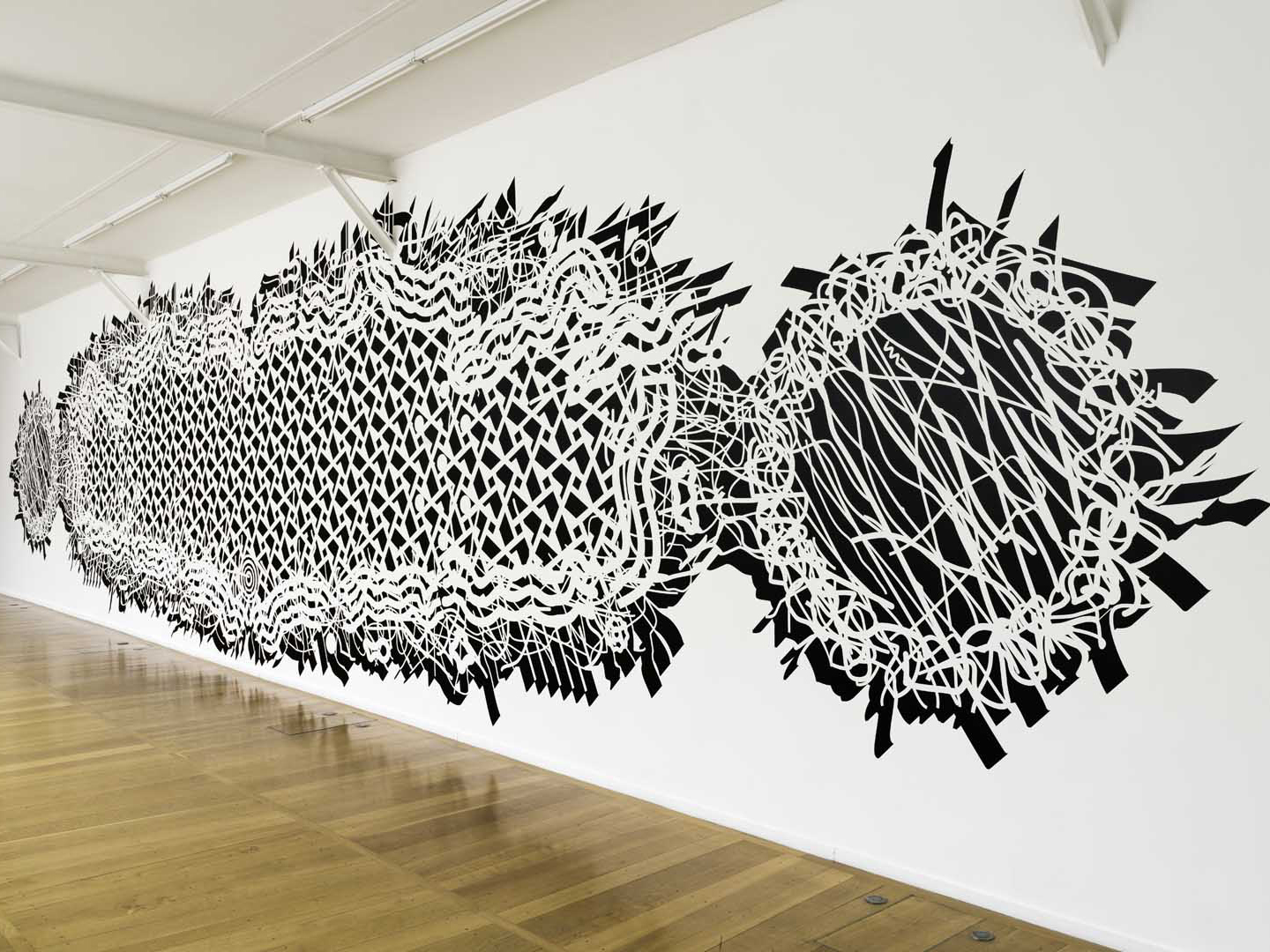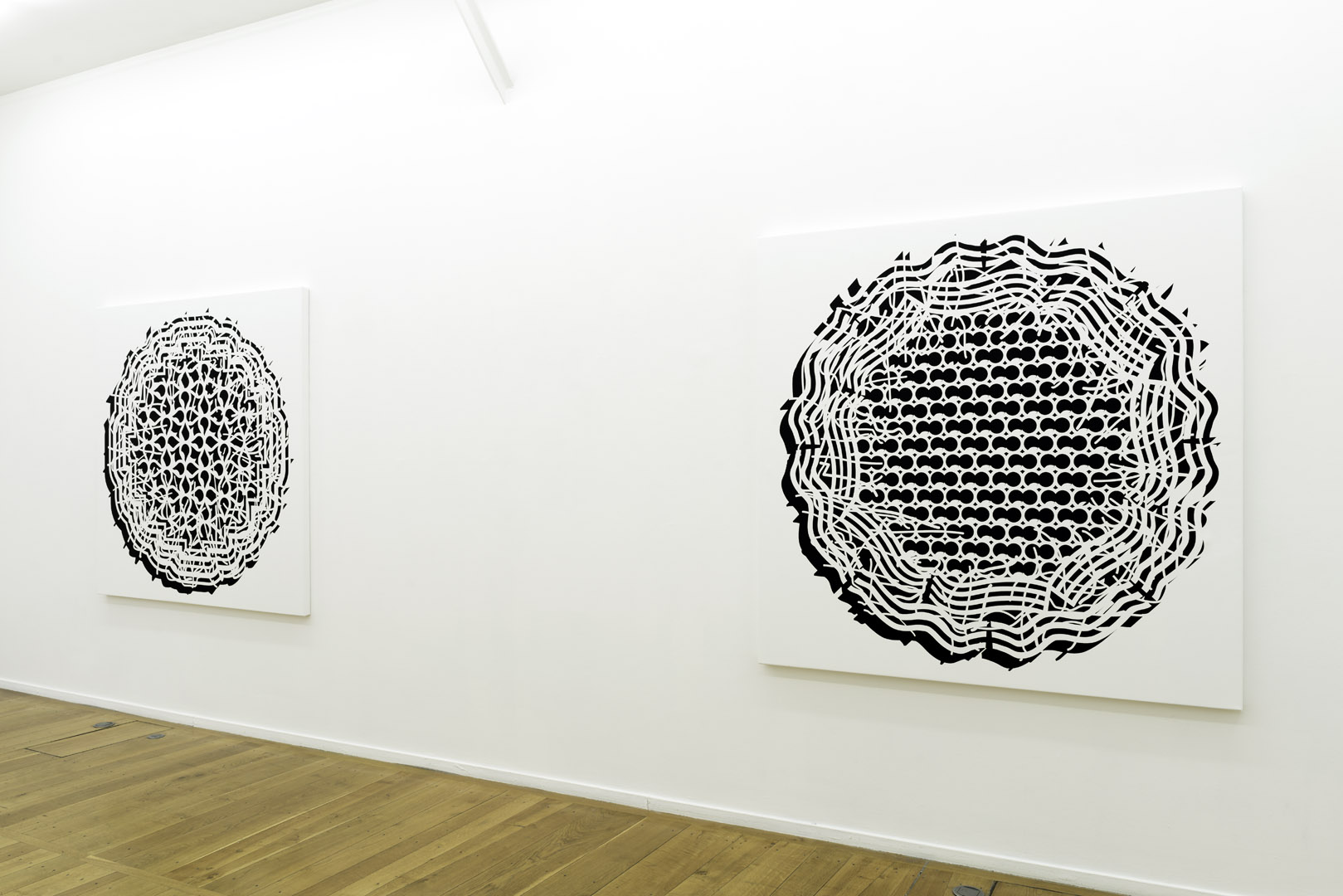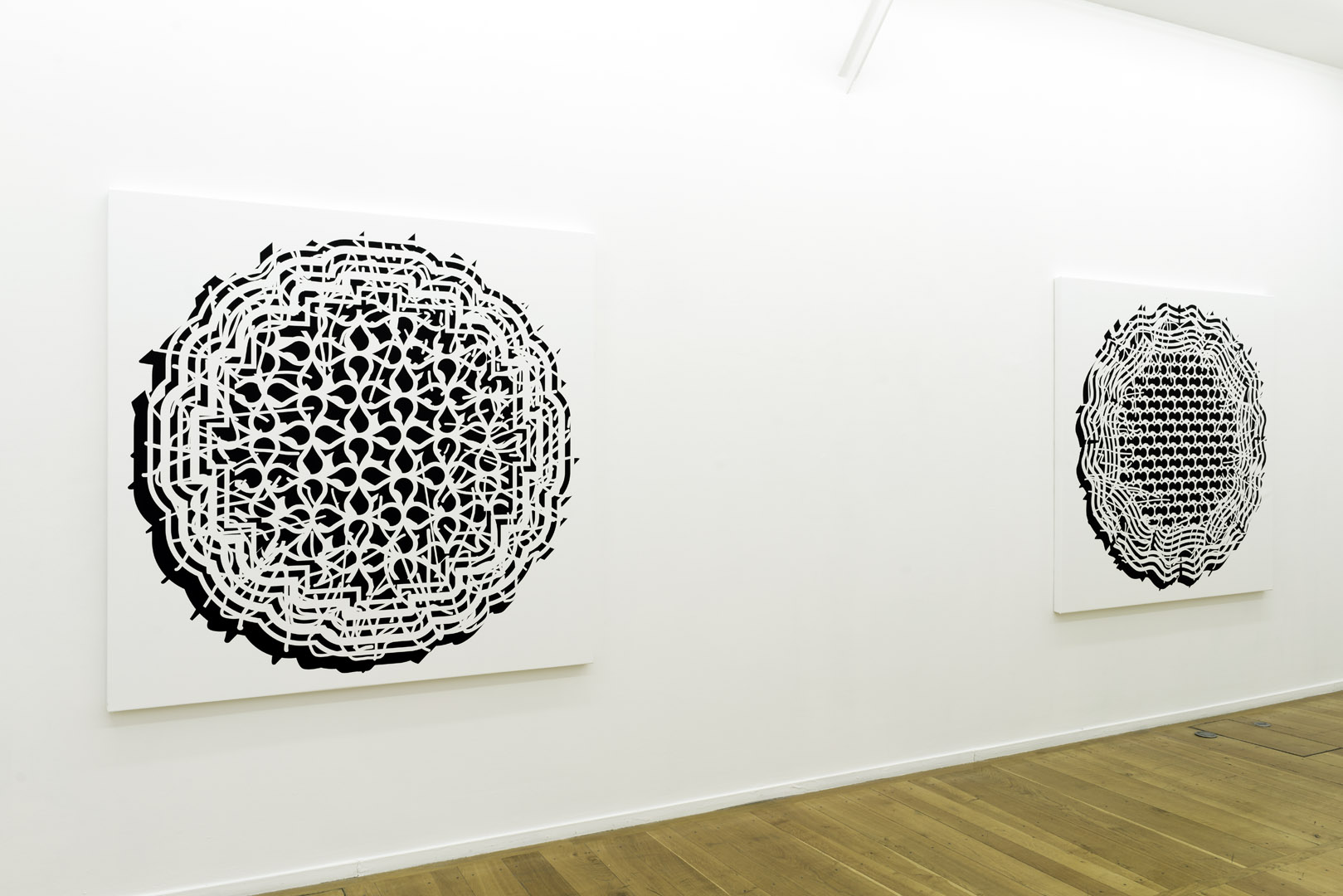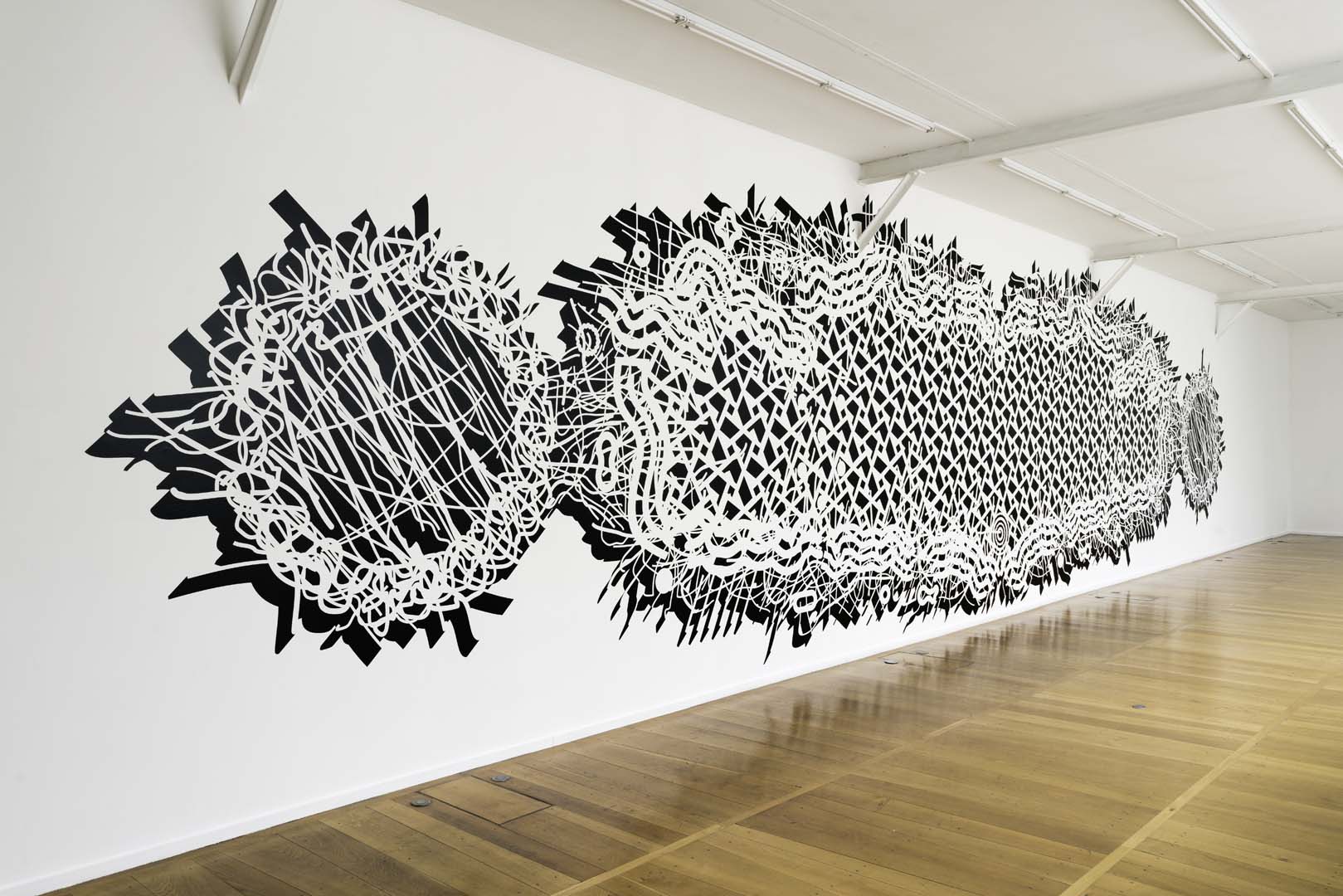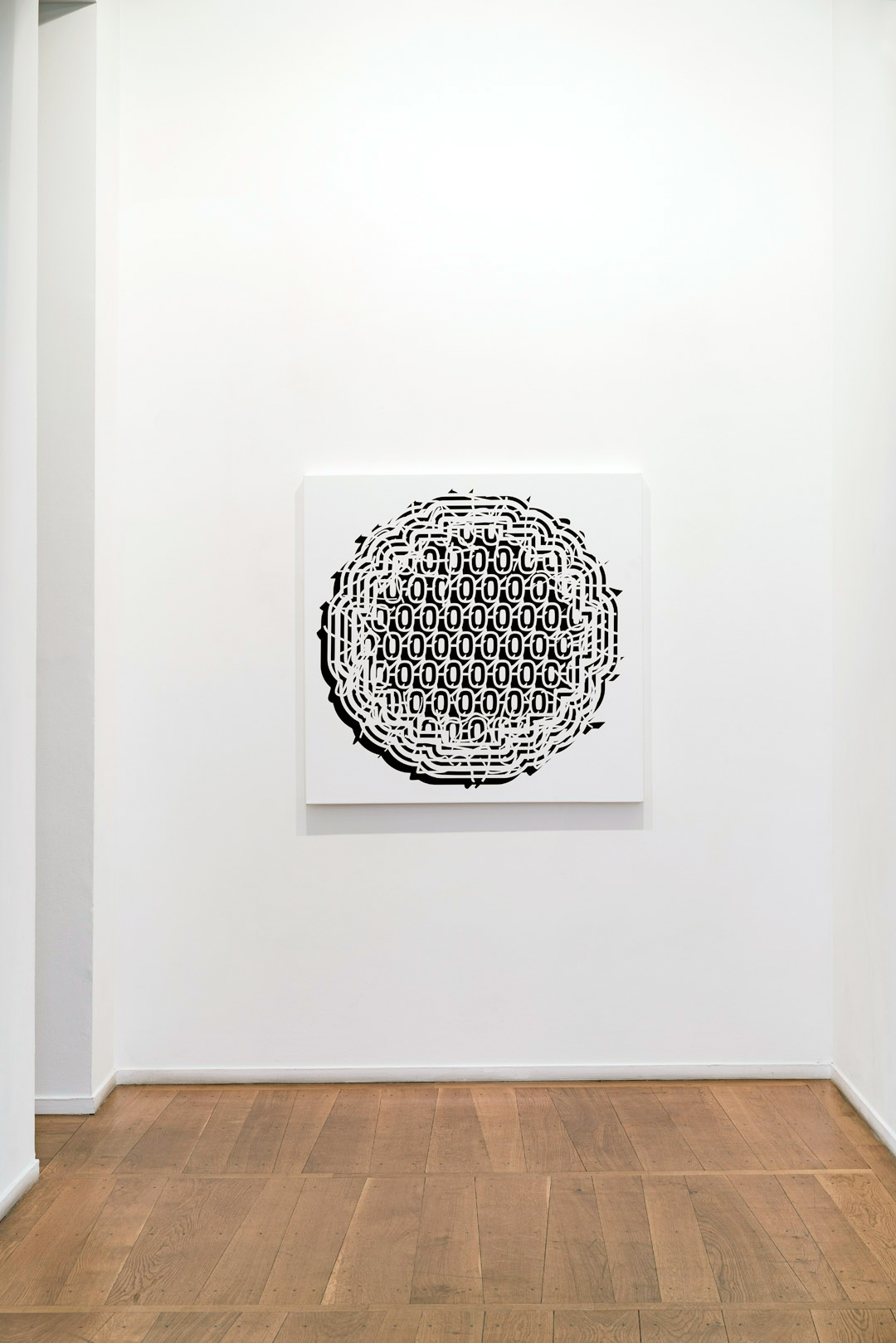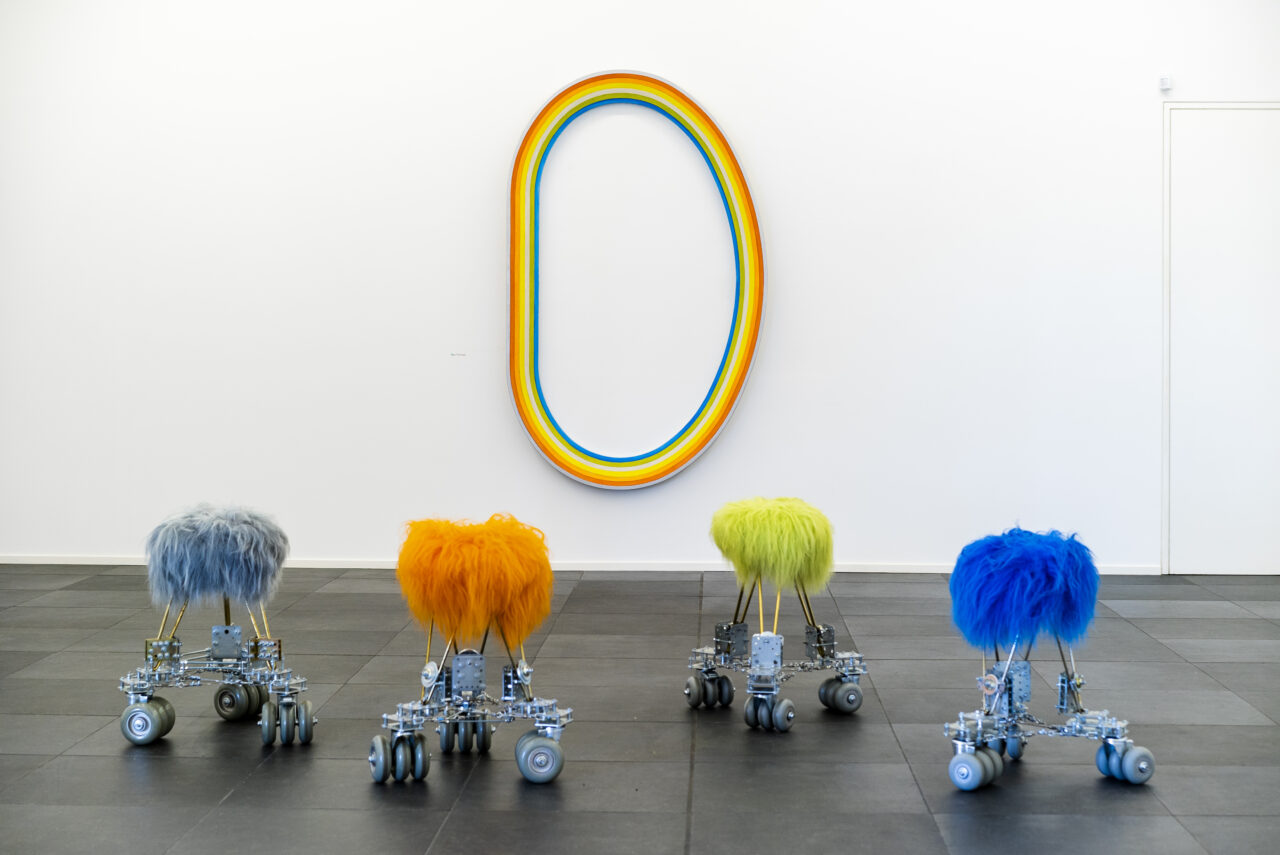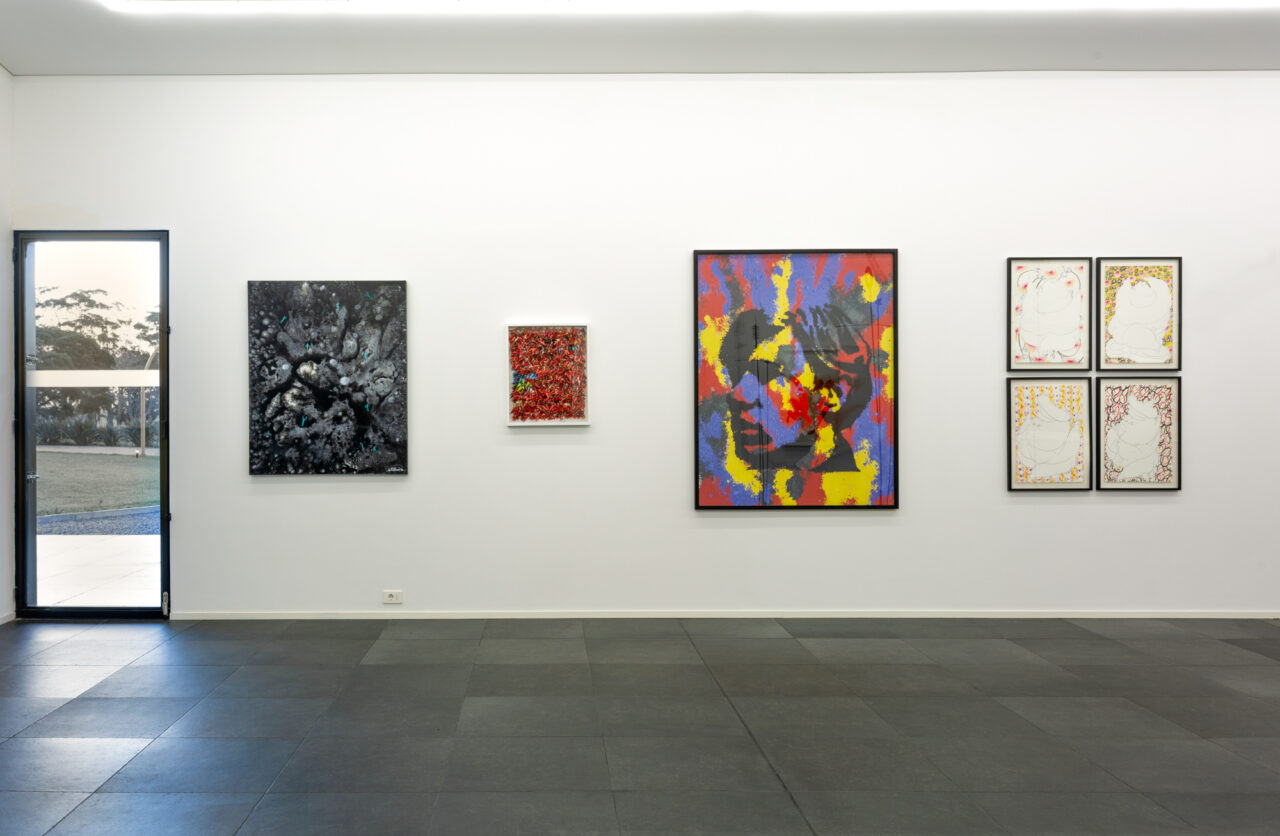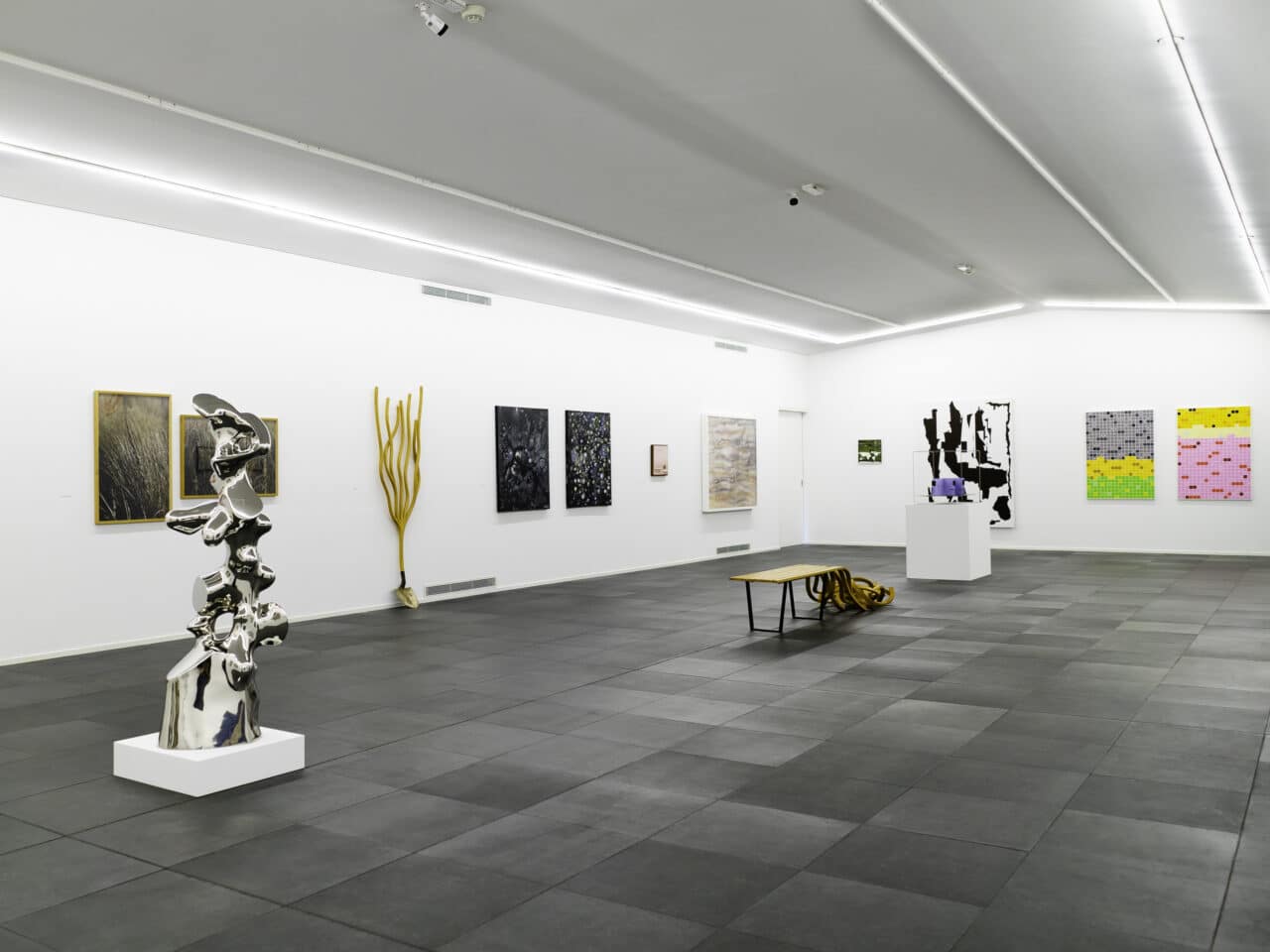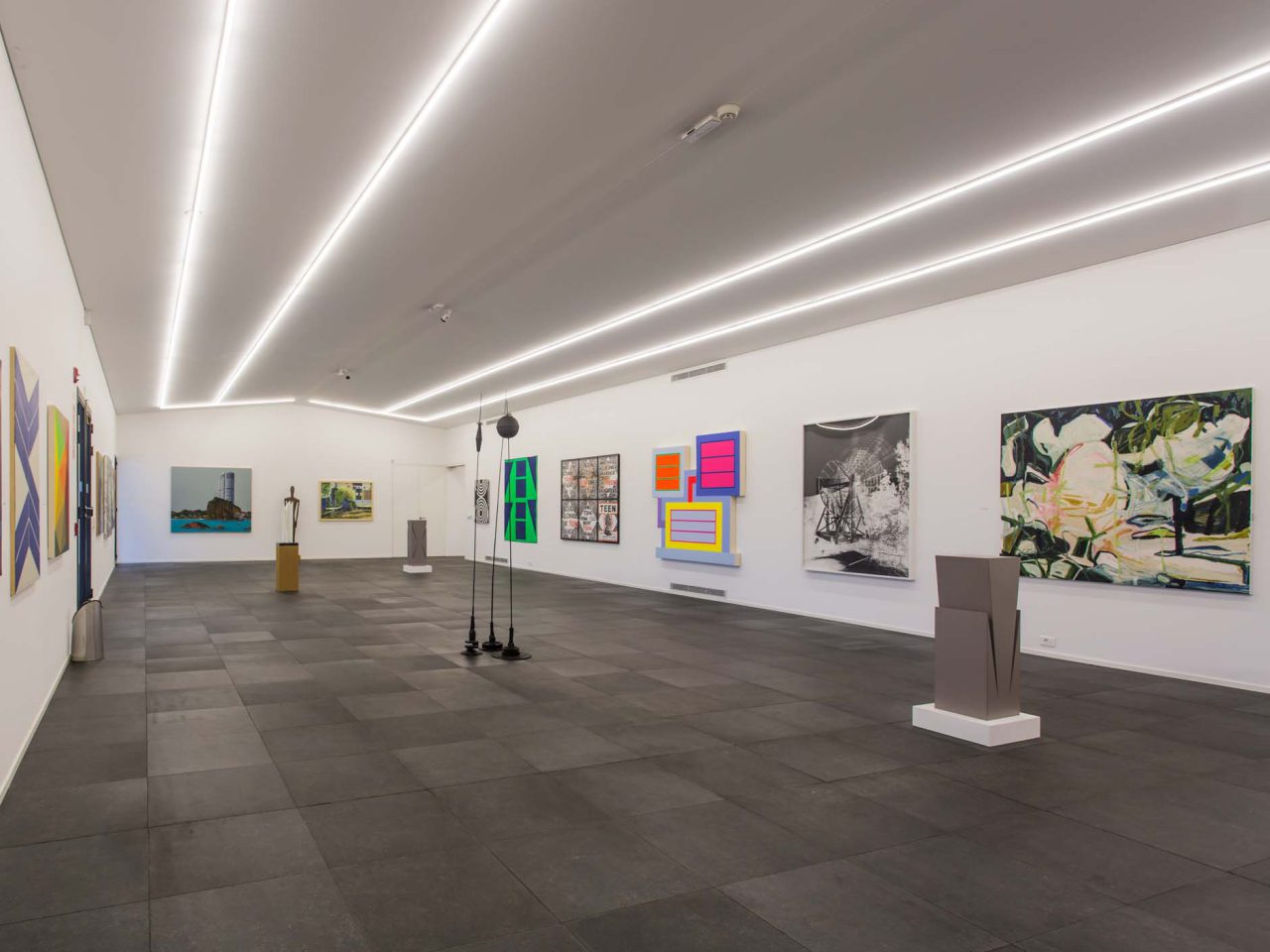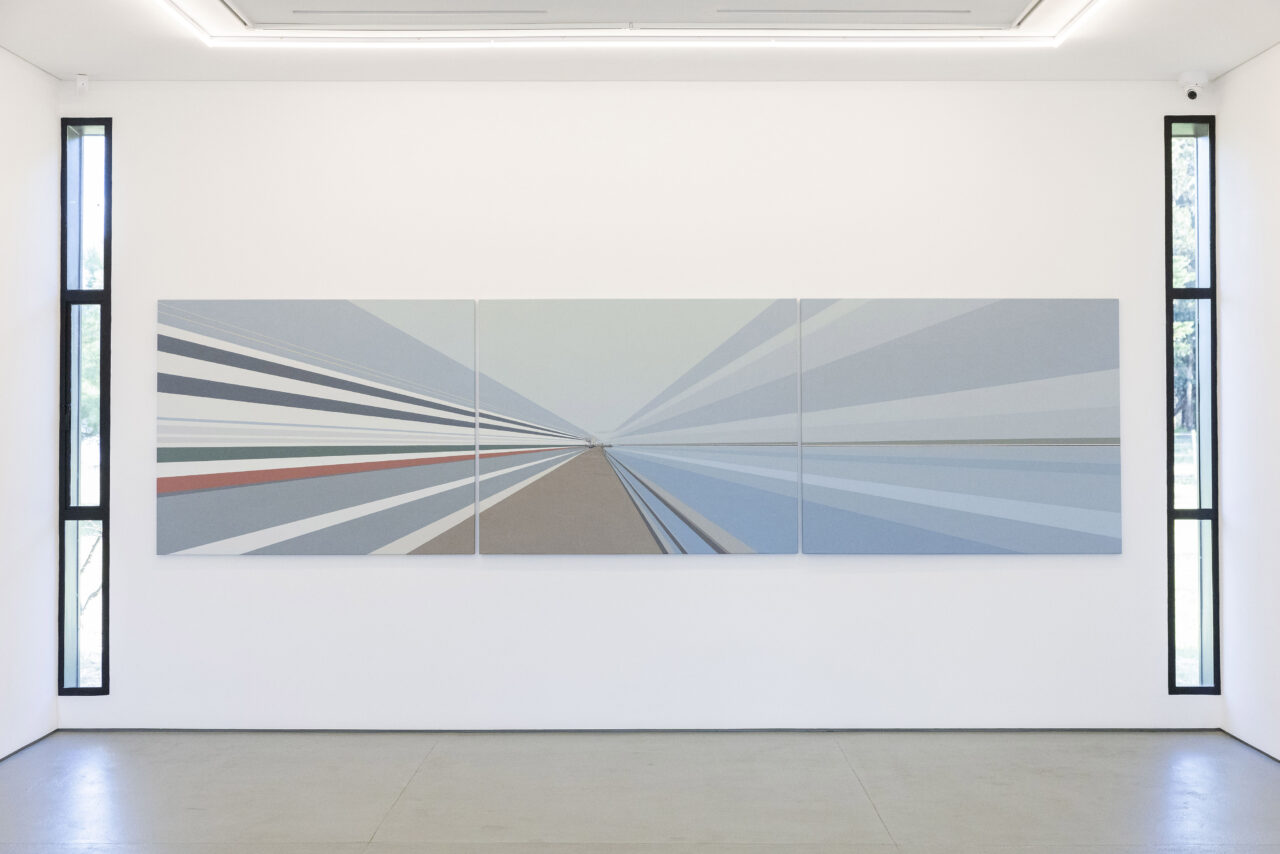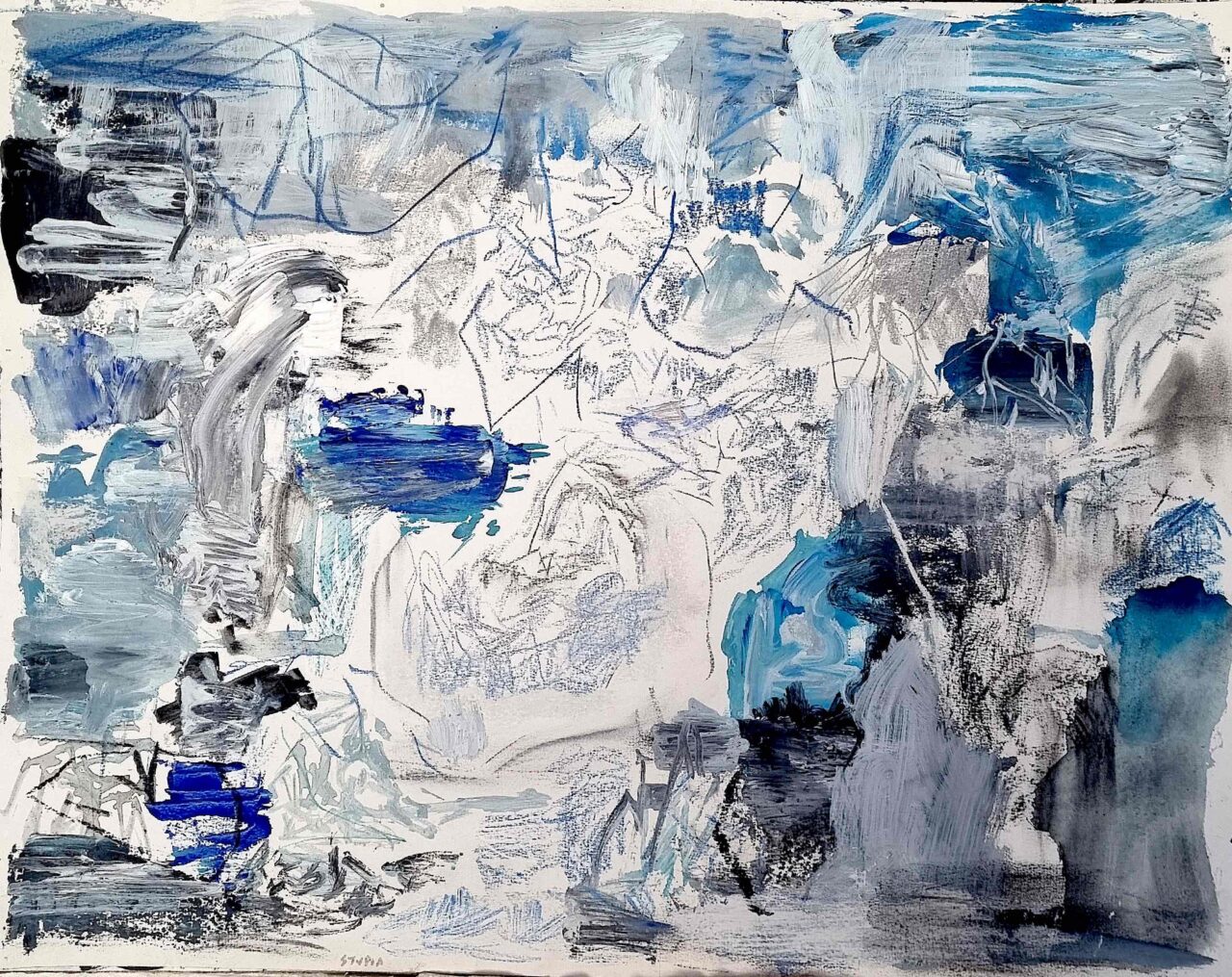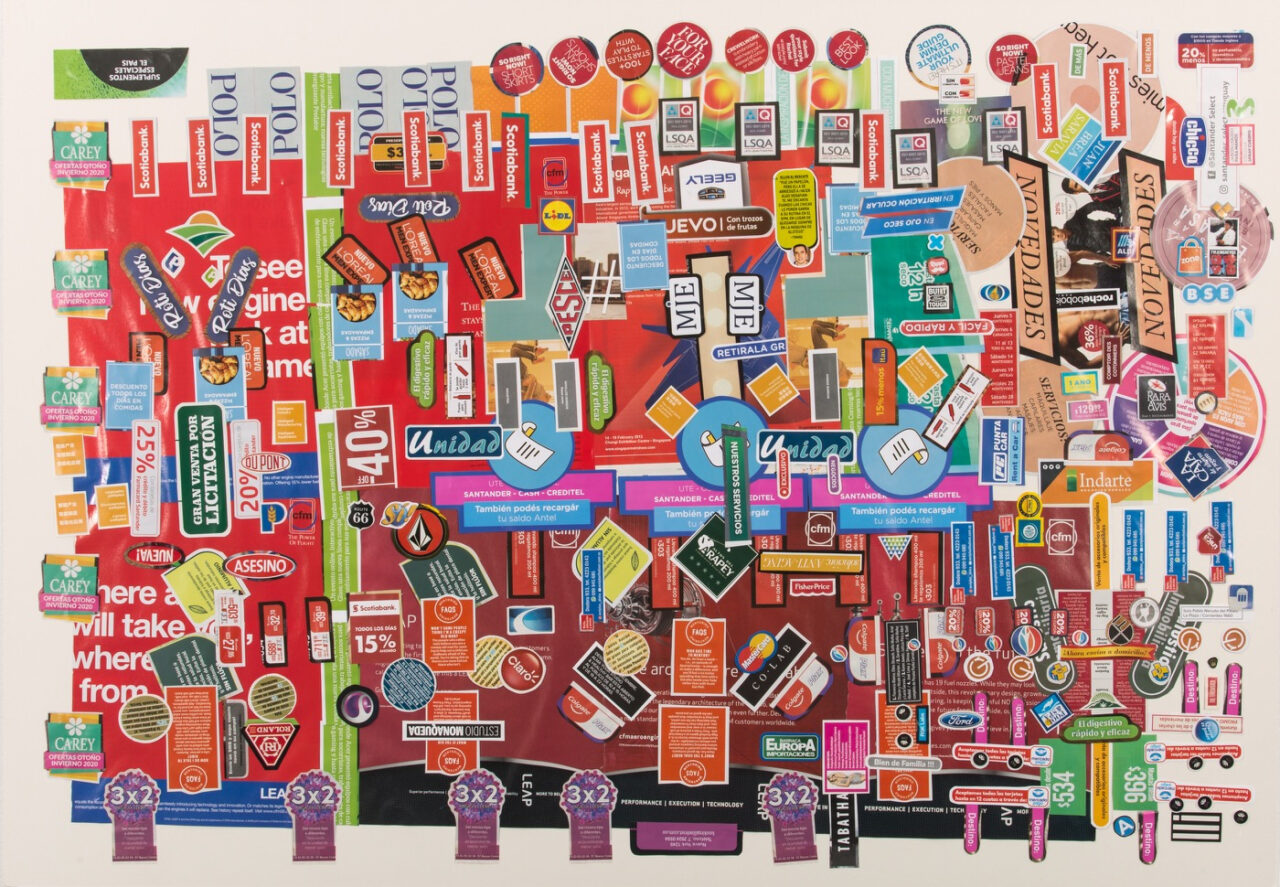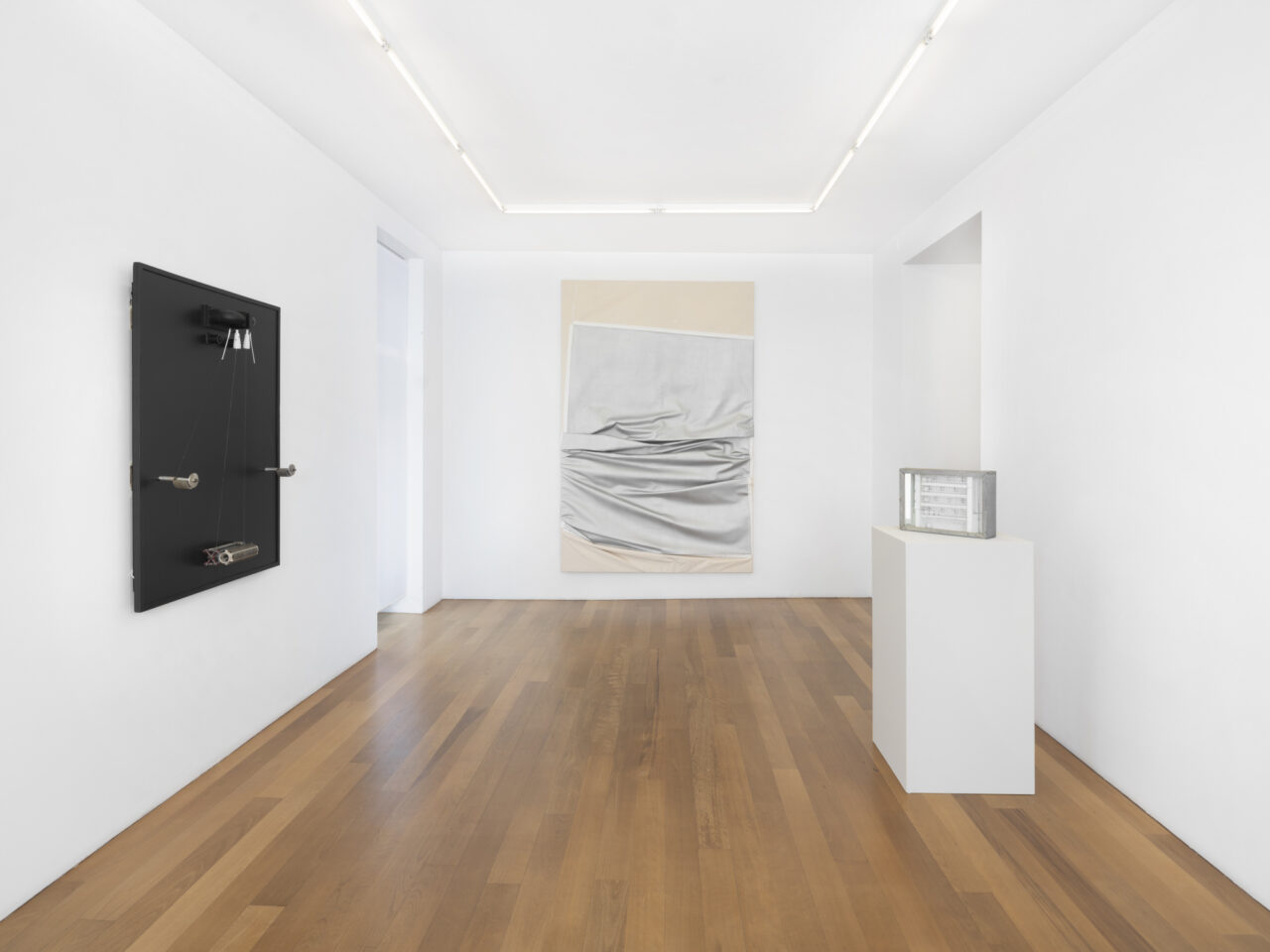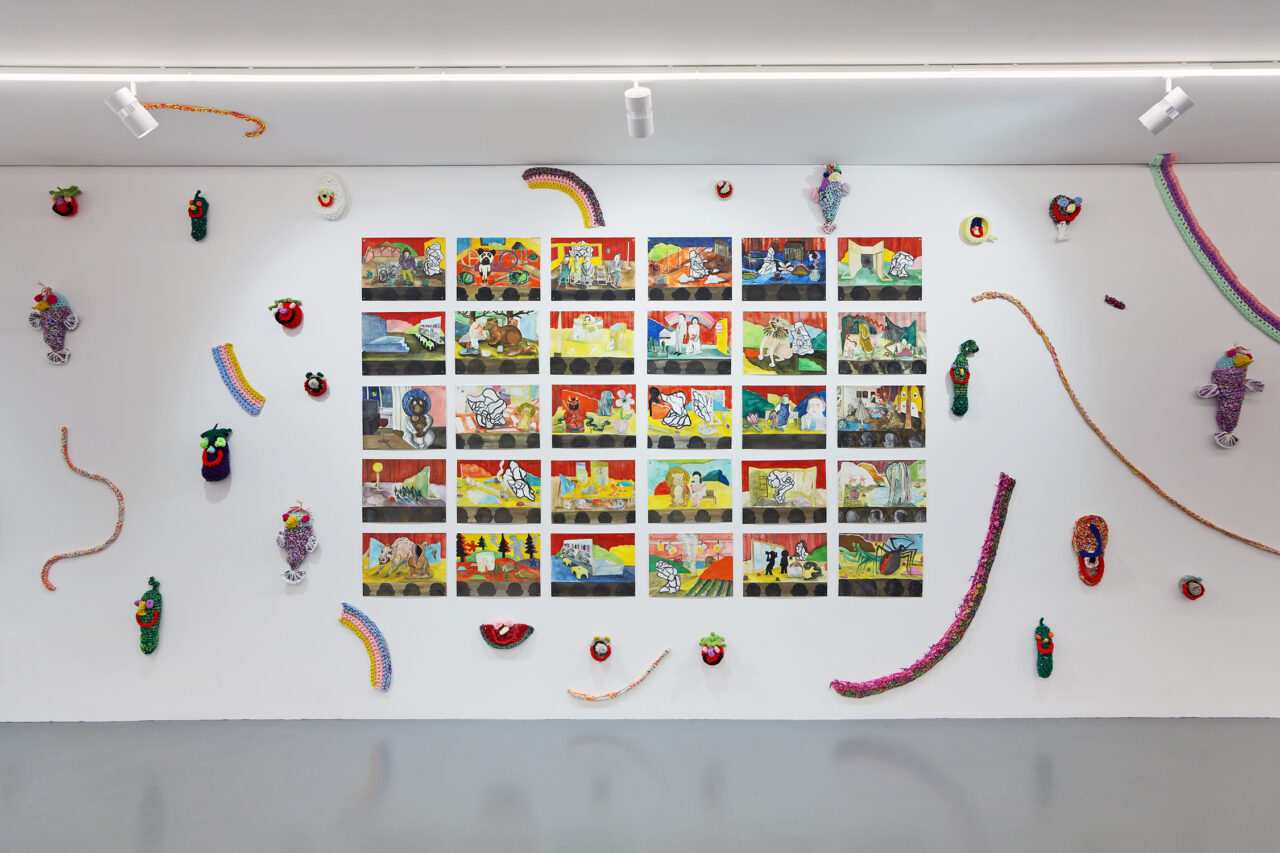Pablo Siquier – Bruit
Pablo Siquier
Bruit
25.03.17 → 13.05.17
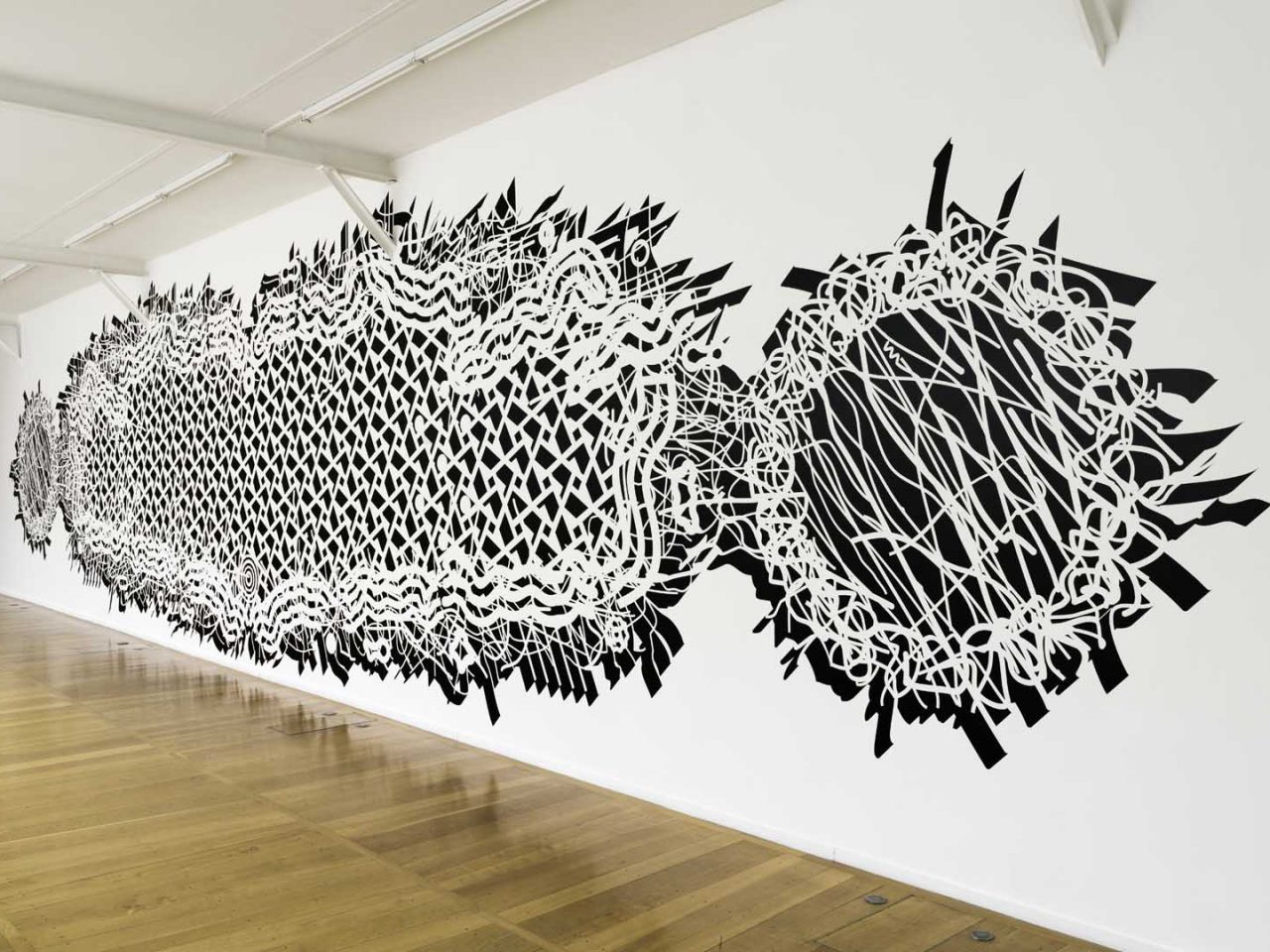
The Xippas Gallery is pleased to present the Argentinian artist Pablo Siquier’s first solo show in France. For this exhibition, the artist fills the gallery space with a large-scale mural and a series of recent paintings.
One of the most well-known artists in Argentina and abroad, Pablo Siquier has played an active role in the art scene since the 1980s. Quickly separating himself from the Latin American avant-garde, his artworks are inspired by constructivism and concrete art and explore the potential of abstract painting. Free from any social or biographical context, Pablo Siquier’s well-honed practice employs a multitude of geometric forms that gradually transform into a complex maze of light and shadows outlined in black and white.
The city is a constant source of inspiration for Siquier and thus we may see architectural structures, computer circuits, and even the aerial views in his artworks. His labyrinth compositions oscillate between geometric plans (recalling the grid structure of cuadras in the artist’s hometown of Buenos Aires) and the circular formation (of European or Native American cities), to eventually evoke the irregularity and the fragility of all human organizational forms. His works draw on the metaphor of urban evolution where the modernist architecture suffers a shared and inevitable contamination of different styles and where the disorder corrupts perfect geometry.
The notion of construction is inherent in the Pablo Siquier’s practice. Using 3D software to create infinite variations on lines and curves, the artist then transposes them onto a canvas or wall. The black line on a white background isn’t the result of an expressive gesture, but instead calculations and algorithms; meanwhile the duotones reference the binary system. The artwork titles themselves are encoded in numbers: the first two correspond to the years of creation and then they follow suit systematically, acting as a kind of inventory list.
The schematic nature of Pablo Siquier’s work refers to Iannis Xenakis’s stochastic music, which the artist names as one of his principal influences. Much as scores are subject to rules and mathematical procedures, Siquier’s computer-generated compositions transcend rigorous organization for a strong emotional impact. The strokes, curved lines, and empty spaces are fundamental elements that create a united entity, such as an emblem or a hieroglyph. These ideal structures that follow mathematical laws, seem to go haywire from time to time, oscillating from order to chaos, from symmetry to asymmetry.
In his new canvases (2017), geometric forms slowly change as they repeat and multiply components (similar to a Mandala) to form ruptured structures somewhere between a systematic and an obsessive approach, between abstraction and pattern. Like Xenakis, who also often worked on the relationship between architecture and space, Pablo Siquier’s work is in situ: he inscribes on gallery and museum walls and creates mural paintings outdoors. His large-scale two-dimensional labyrinth on the gallery’s main wall plays with light and shadow, it creates a feeling of volume that instills a new relationship to the body: he juxtaposes the human figure with structures that dominate and repeat throughout a lifetime.
Pablo Siquier was born in 1961 in Buenos Aires in Argentina, where he lives and works.
He gained notoriety through his large mural paintings and installations, such as those at the Recoleta Cultural Center (2012), General San Martin Cultural Center (2011), the Carlos Pellegrini subway station (2009) and the Los Molinos building in the modern neighborhood of Puerto Madero (2008) in Buenos Aires. He has represented Argentina in many biennials: 26th Sao Paulo Biennial, 9th Havana Biennial, 1st and 2nd Mercosur Biennials in Porto Alegre, and the 3rd Cuenca Biennial.
His work has been shown in group exhibitions in France, such as Mutations – Mise en forme, organized by the 19 Crac, at the Gymnase – espace culturel, Besançon (2015) and My Buenos Aires at the Maison rouge, Paris (2015), among the recent ones.
His works figure in the collections of many prestigious museums, such as the National Museum of Fine Art in Buenos Aires and the Museo Reina Sofia in Madrid, which have both featured solo exhibitions of his work in 1997 and in 2005 respectively.
Exhibition views
-
![DSC03868.jpg]()
Vue de l’exposition «Pablo Siquier. Bruit», Galerie Xippas, Paris, 2017.
Photo: Frédéric Lanternier. Courtesy l’artiste et Galerie Xippas, Paris -
![DSC03856.jpg]()
Vue de l’exposition «Pablo Siquier. Bruit», Galerie Xippas, Paris, 2017.
Photo: Frédéric Lanternier. Courtesy l’artiste et Galerie Xippas, Paris -
![DSC03859.jpg]()
Vue de l’exposition «Pablo Siquier. Bruit», Galerie Xippas, Paris, 2017.
Photo: Frédéric Lanternier. Courtesy l’artiste et Galerie Xippas, Paris -
![DSC03874.jpg]()
Vue de l’exposition «Pablo Siquier. Bruit», Galerie Xippas, Paris, 2017.
Photo: Frédéric Lanternier. Courtesy l’artiste et Galerie Xippas, Paris -
![DSC03890.jpg]()
Vue de l’exposition «Pablo Siquier. Bruit», Galerie Xippas, Paris, 2017.
Photo: Frédéric Lanternier. Courtesy l’artiste et Galerie Xippas, Paris
